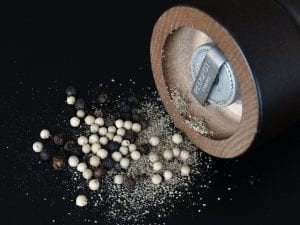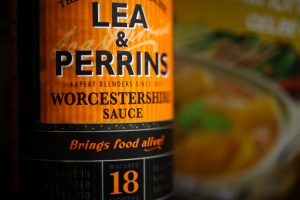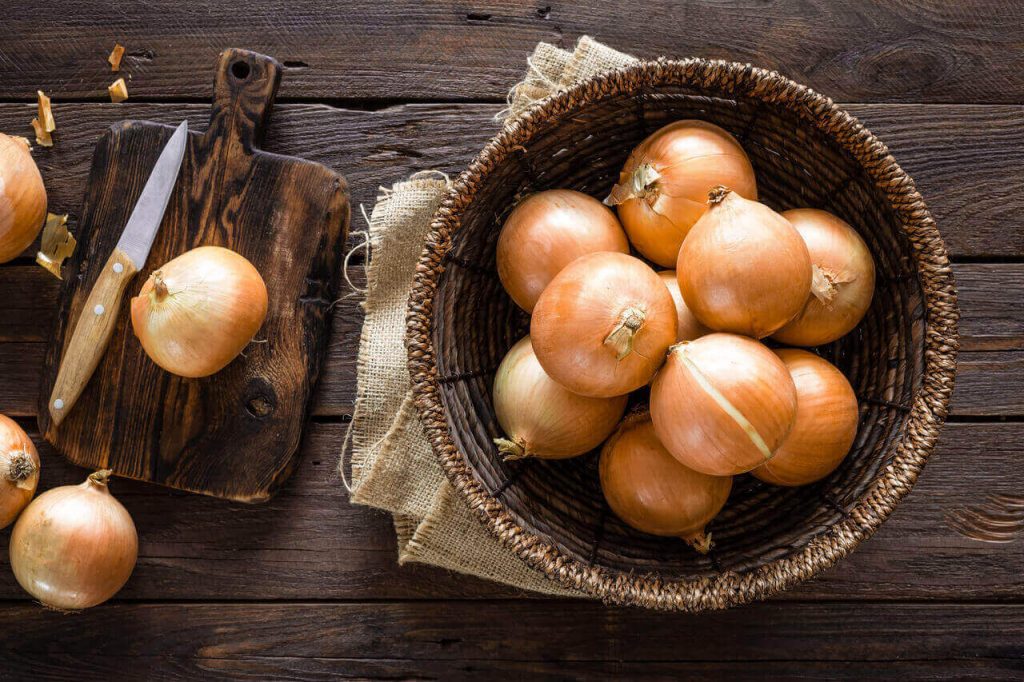
The onion is undeniably one of the world’s universal ingredients. Many even buy them in bulk at the nearest farmers’ market! However, like many produce items when bought in bulk, they can get spoiled if not used. The problem is that many don’t know how to tell if an onion is bad.
The difference is that it’s not as noticeable at first glance, no. The tell-tale signs of onion spoilage are hidden behind the skin so you might not even notice it when you rummage your stock. So whether you are looking to extend your stock’s shelf life, or simply want to make the best out of your stash, we’ll share with you tips on how to tell if an onion is bad and how long they actually last in the fridge and the pantry.
4 Signs That Your Onion Is Bad
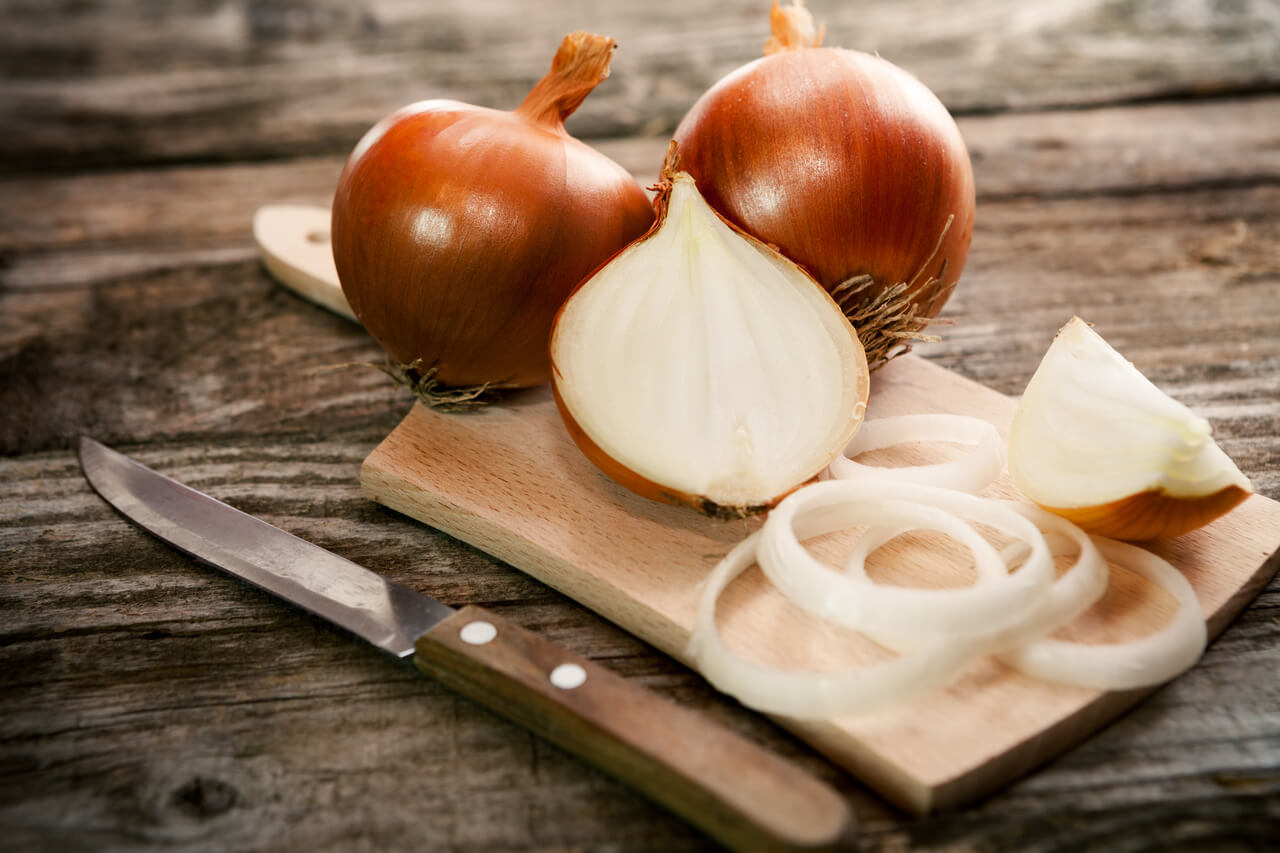
Can onions go bad? Yes, they can. Tossing out untouched onion is not something anyone looks forward to because what a waste would it be.
Think about the amount of French onion soup you could have made with them! However, if you’re not careful, you can suffer from foodborne illnesses and food poisoning from eating spoiled food.
Before you take a chance and consume any onion sitting on the counter for ages, here are ways to tell if an onion is bad:
Color and Mold Formation
The first thing that you have to watch out for is the onion’s color or appearance. Depending on the type, a good and fresh onion should have an even and vibrant color of either red, yellow, or white, with a skin that is still intact.
Spoiled onions, on the other hand, have dark spots and brown skin that’s slightly peeling. That is a sign that they are dehydrated. After a while, you’ll notice that those dark spots will start to grow mold.
Sprout Formation
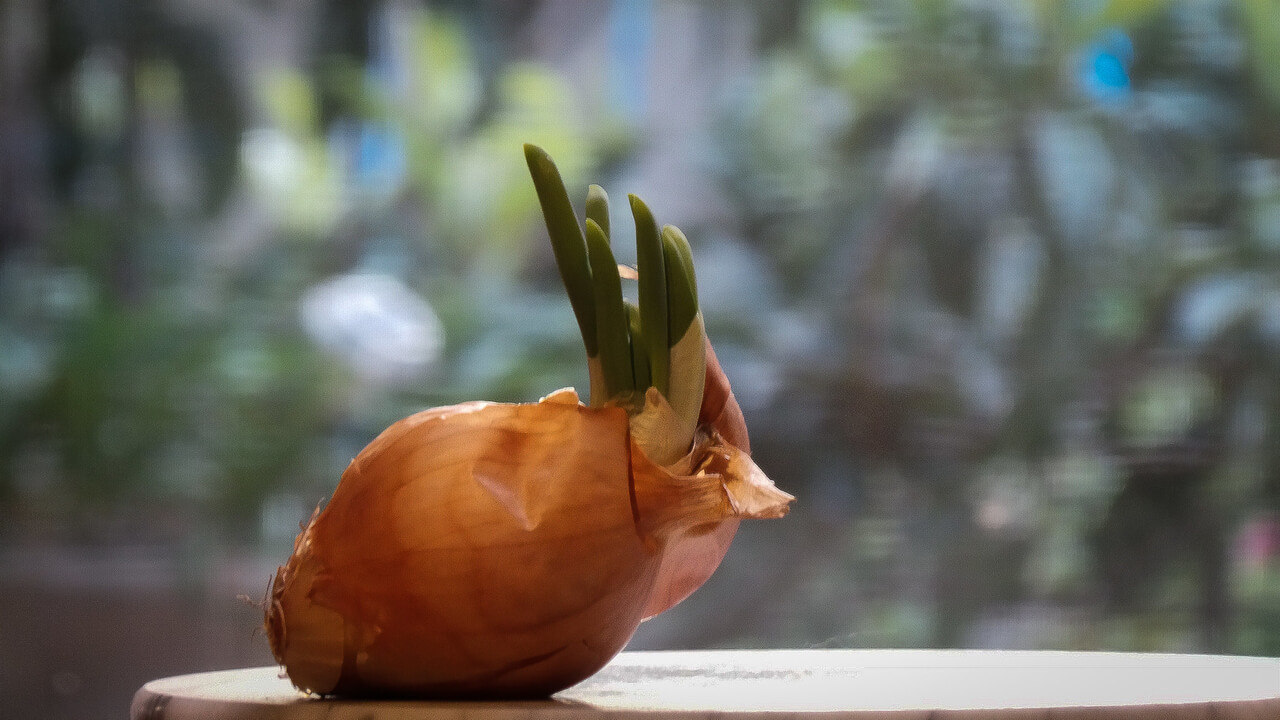
Flickr | Theen Moy
Another sign that your onion is about to go bad is when it starts forming sprouts. Though to clarify, it’s perfectly safe to eat onions with sprouts. If it has started to form mushy spots, just remove those mushy layers and you’re good to eat it.
The sprouts are also edible but they can be a bit bitter so others prefer them removed. Generally, it’s the onion’s discolored skin and appearance that is the major indicator of what is happening inside.
Squishy Flesh
Besides its appearance, another way you can check if your onion is bad is by feeling it. To do that, give your onion a squeeze.
If your onion is squishy, mushy, and soft, there’s a huge chance that your onion has already spoiled or started to go bad. A good and fresh onion should be nice and firm with a flesh that is crunchy rather than mushy.
Rotten Smell
Last but not the least, you can tell when your onion has gone bad by conducting a smell or sniff test. A fresh onion should smell garlic-like and pungent with a grassy smell and a subtle hint of caramelization odor. Once it has gone bad, it will start to smell like rotten garbage or rotting compost.
Note:
Take note that these signs apply to all types of onions: whether it’s white, red, or yellow onions.
How Long Do Whole Onions Last in the Pantry?
When stored the right way, whole onions stored in the pantry will last for 2 to 3 months. To make the most out of your stock you have to store it in a cool, dark place preferably between 45 to 55 degrees F. A wine cellar, unheated basement, or pantry will do.
How Long Do Onions Last in the Fridge?
Stored in freezer containers or ziplock bags, your raw, sliced or cut onions will last about a week or 7 to 10 days. Cut or chopped onions spoil faster compared to whole onions which is why you should refrigerate them immediately after cutting. For best results, however, it’s recommended to use it within a couple of days.
Besides these, another way you can prolong a cut onion’s shelf life is by making salsa criolla (Peruvian pickled onions). After pickling, its shelf life can extend up to 6 months when stored in the refrigerator.
Lastly, in case you peeled the onions, they can be kept in the fridge for 10 to 14 days. Again, it’s still best to use it within 3 to 5 days to get the best flavor out of it.
How Long Do Onions Last in the Freezer?
In your freezer, your onions should last a lot longer versus when it is stored in the fridge. All in all, onions freeze well and extends their shelf life for months. Technically, they should last 6 to 8 months if stored the right way.
Frozen onions are best used in dishes where cooking is required rather than using them raw such as a filling or topping for burgers, tacos, or shawarma.
What to Look For When Buying Onions
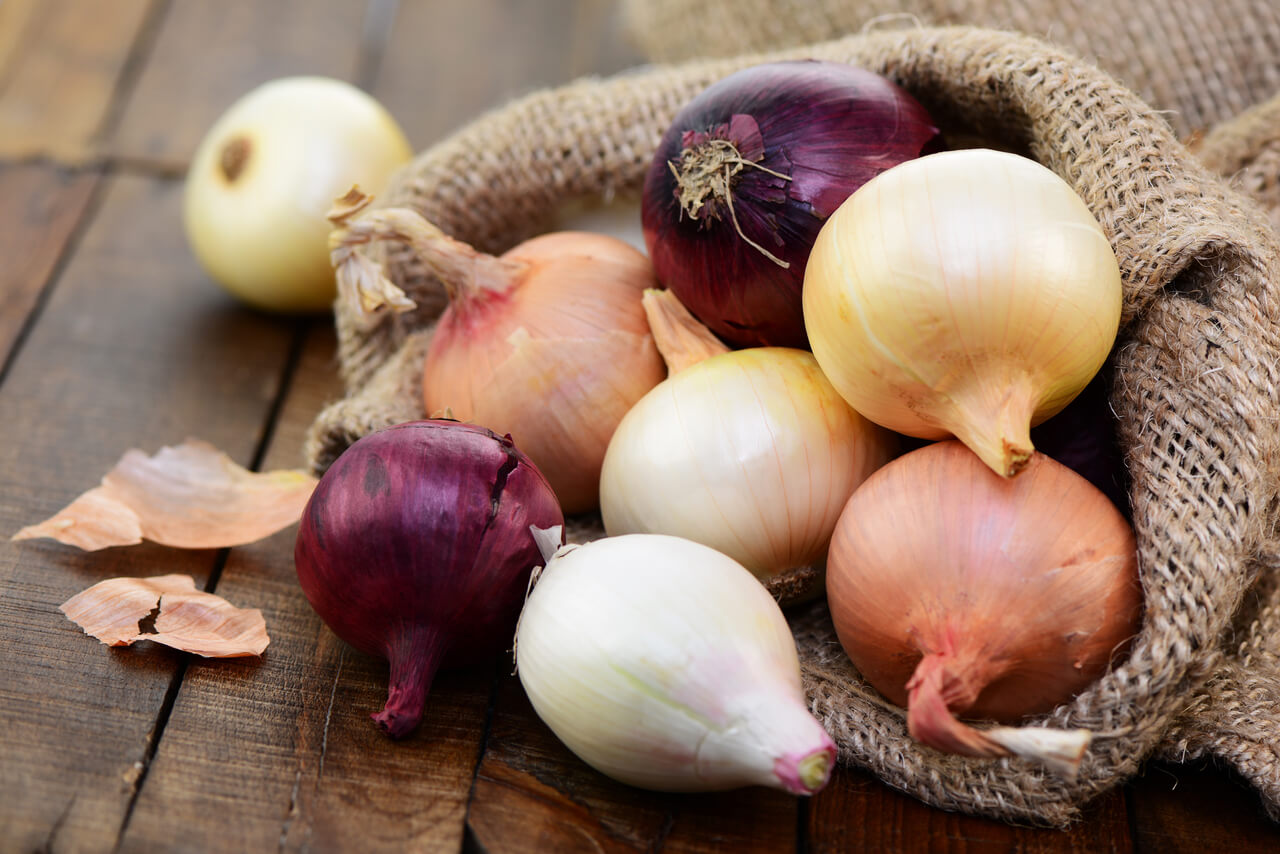
Now, before all else, the freshest onions in the farmers’ market will ultimately have a longer shelf life. A fresh onion should have a firm touch with an appearance absent of dark spots and discolored skin. The skin should also feel dry and papery without a mushy or soft feeling.
When picking, avoid the sort with already peeling skin and onions that are also starting to sprout. Also look for bruising, cuts, and damages as these are results of poor handling, which eventually leads to early spoilage.
READ ALSO: How to Convert Onion to Onion Powder (Plus DIY Recipe!)
How to Store Onions

All this time, the common practice (though incorrect) is to store onions with potatoes in the same basket. However, you should know that the spoilage of potatoes will also lead to the spoilage of onions and vice versa. To avoid this, here’s what you have to do:
The first thing that you have to remember is to keep whole, raw onions in a separate basket and store it in a cool (not freezing), dark, and dry place. This is because moisture and light can lead to mold and early sprouting. A well-ventilated basket or crate placed in the pantry or cupboard should do. As mentioned above, a wine cellar or basement works too! You should also keep them out of direct sunlight, freezing temperatures, and humid atmospheres. Again, that’s between 45 to 55 degrees F.
Besides learning how to store onions in the pantry properly, another way you can extend the life of your onion is to freeze them. Freezing onion, whether raw or cooked, can extend its life drastically. To do this, slice as you would normally slice your onions and place them in freezer containers or ziplock bags. This way your onion can last for up to 6 to 8 months, or longer. However, this storage method is more ideal for recipes that need onions cooked and where texture is not important. For tacos and burgers, freshly cut onion is the better choice.
Was this page helpful?
Read Next: 34 Best Waffle Toppings From Sweet To Savory

